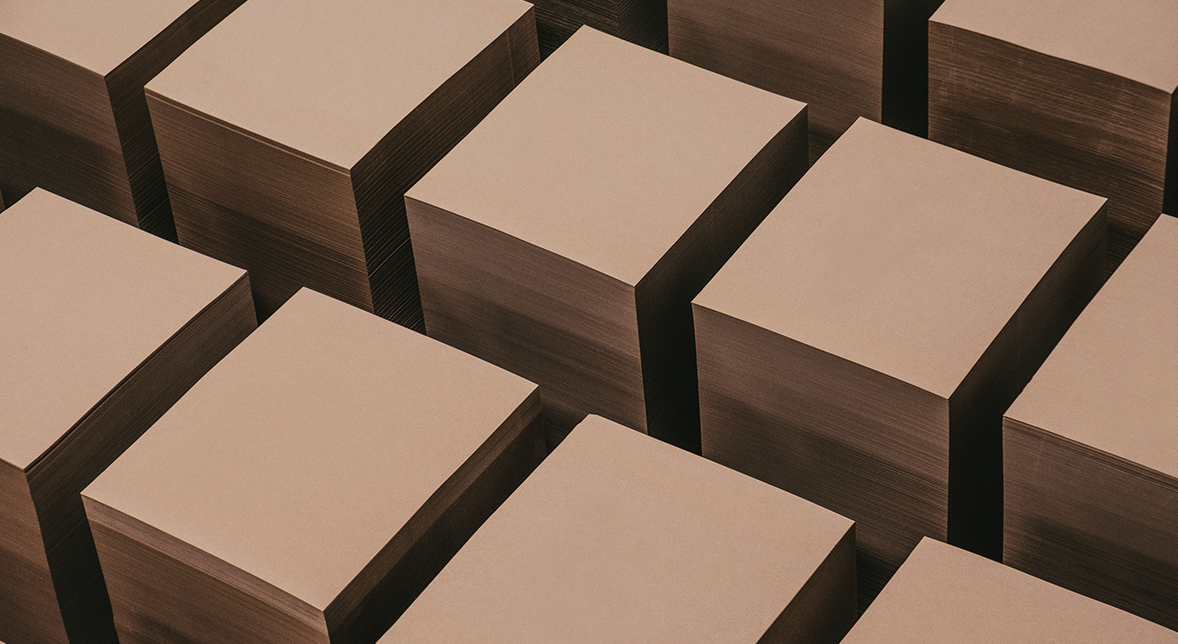T
Unveiling the Paperboard Dilemma: Virgin vs Recycled
In the realm of packaging, a conundrum awaits resolution, a truth yearns to be revealed. At the heart of the matter lies the eternal debate of virgin versus recycled paperboard. But before we unravel the facts between these material contenders, let’s acquaint ourselves with the essence of paperboard. A robust, rigid cousin of paper, paperboard’s intrinsic properties position it as a packaging stalwart. Within this arena, two champions emerge: virgin and recycled paperboard. But what distinguishes each, and how does one emerge triumphant?
Virgin vs Recycled Paperboard: A Duel Unveiled
First, let’s venture into the realm of virgin paperboard. Derived from fibers of pine, spruce, birch, and eucalyptus trees, virgin paperboard boasts an amalgamation of strength and lightweight grace. Its processing endows it with not just a light hue, but also a velvety surface. For those yearning to bestow their products with an aura of luxury, an elegant design, and a seamless brand representation, virgin paperboard stands as the answer. A material with robust elasticity steps up to realize the vision of high-end aesthetics.
Yet, another dimension emerges. What if the ethos of your company revolves not around brand presentation, but rather ethical material use? Enter recycled paperboard, crafted from fibers born of repulped paper. While the fibers might lean towards fragility due to processing, the allure lies in its ethical foundation. Recycling grants it new life, albeit at the cost of potential impurities like dyes or inks. Yet, these blemishes can be veiled beneath a coat of surface luster. For those navigating the terrain of environmental consciousness, recycled paperboard rises as the champion of choice.
The battle between virgin and recycled paperboard may seem unending, for the victor depends on the narrative your brand seeks to convey through its packaging. But wait, the tale doesn’t conclude here! A multitude of paperboard varieties awaits exploration, contingent upon your industry. At Netpak, we unfurl an array of options, understanding the complexity of this decision-making journey. We acknowledge that navigating this labyrinth can be overwhelming, hence, we stand ready to offer our expert guidance. It’s essential to note that the paperboard we utilize stems from global sources, aligning with our commitment to quality and sustainability.
As you steer the course for your brand’s journey, armed with a vision and the wisdom of available paperboard choices, there exists no victor or vanquished in this tussle between the dual forces of the paper industry. It’s not a win or a loss; it’s a harmonious convergence, a dance of yin and yang in packaging’s grand symphony.
here is a dilemma that needs to be resolved, a truth that needs to be uncovered. It has to do with virgin vs recycled paperboard. Before we uncover the facts between these types of materials, let us take a closer look at the concept of paperboard itself. Paperboard is a thick paper that is more rigid than the normal one. Because of this, it’s one of the main materials used for packaging. There are two types of paperboard that are popular: virgin and recycled. But what sets each one apart and makes it the one you choose?
Virgin vs Recycled Paperboard
Let us first delve into virgin paperboard. Virgin paperboard is made from fibers that are derived from pine, spruce, birch and eucalyptus trees. These fibers make this type of paperboard strong yet lightweight. The way they are processed allows for them to have not only a light hue but also a smooth surface. Some companies seek to give their product a luxurious, high-end look, with a sleek design to keep their branding on point. A strong material with elastic properties is then required to accomplish this, therefore calling on the virgin paperboard.
However, there is another side to this coin. What if brand presentation is not what your company focuses on, but rather the ethical usage of material instead? Recycled paperboard is made from fibers that are derived from paper that is re-puled. The fibers therefore have a tendency to be weaker as they are over processed. Because the fibers are recycled, impure material, such as dyes or inks, can sometimes be found in this type of paperboard. However, the surface can be coated to hide these colors. Therefore, if you are looking for a material with an environmental impact, recycled paperboard is what you should consider.
It might be difficult to crown a winner in this battle between virgin and recycled paperboard, as it depends of the message you are trying to express about the brand through the packaging. And it doesn’t end there! There are several types of paperboard out there to choose from depending on what industry you are in. At Netpak, we have several options for you to choose from. We realize that it can get overwhelming to choose what is best for your product and that is why we can help advise you on the choice to make. It is important to note that we source the paperboard we use from global sources.
With the vision in mind for your brand and the knowledge on the types of paperboard available for you, there is no winner or loser in this battle between the yin and yang of the paper industry. It’s a tie!
